For over 3 months now, lobster farmers across the country have been struggling with a shortage of output and an unprecedented drop in prices. Is it because China has changed its laws and lobsters are on the list of species banned from being caught, used, traded, or sold?
Lobster prices fall sharply
Although Binh Thuan is not a province or city with a large lobster farming area in the country, it is one of the 9 coastal provinces and cities in the Central region selected by the Ministry of Agriculture and Rural Development to implement the Project "Developing lobster production and export by 2025". According to this project, the Ministry sets a target that by 2025, the total lobster farming output will reach 3,000 tons, the export turnover will reach 200 million USD, and key lobster production and export areas will be gradually formed... Phu Quy island district is a diverse ecological area with great potential for aquaculture and aquaculture, especially high-value seafood such as lobster. This is considered the locality with the most lobster farming households in the province. Up to now, the district has 72 seafood farming facilities, with an area of over 14,000 m2; Of which, there are 61 households raising cages with a farming area of 9,301 m2, 11 dam lakes with a farming area of 5,183.9 m2. The main farming objects are grouper, cobia, lobster... the average annual farming yield is about 100 tons. In recent years, the number of households raising lobsters has also gradually narrowed due to unstable prices and output.
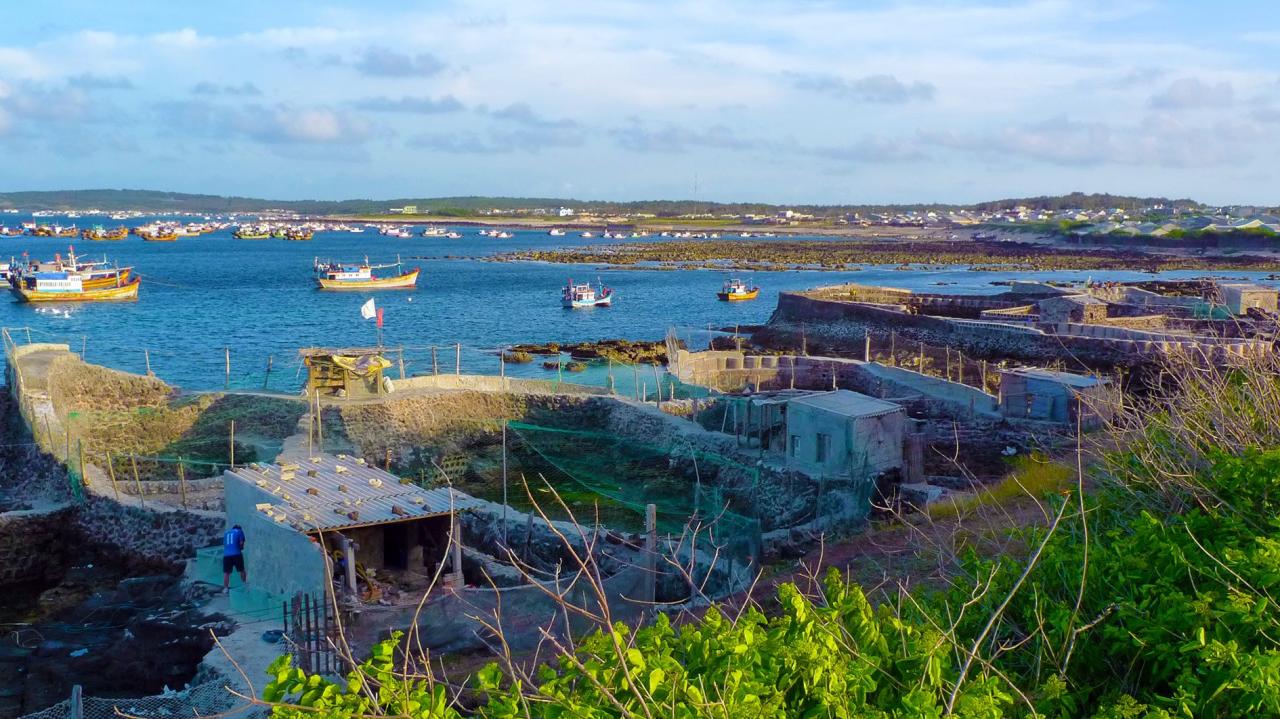
According to lobster farmers here, in the past 2 months, traders have not come to buy, farmers have had to continue to bear large expenses to maintain the shrimp in cages such as food, labor... The rainy and stormy season is approaching, so if they cannot sell in time, farmers will suffer heavy losses. Like the provinces of Phu Yen and Khanh Hoa, from September until now, households raising lobster in cages in Phu Quy district - one of the province's major farming areas - are in a deadlock when the price of lobster has dropped to only half. From 2.2 - 2.4 million VND/kg in September, for more than 2 months now, the price of lobster in the South Central provinces, including Phu Quy, has also dropped to only 1 - 1.1 million VND/kg for type 1, type 2, even some types are only 700,000 - 800,000 VND/kg. A price that lobster farmers will suffer heavy losses at, according to lobster farmers.
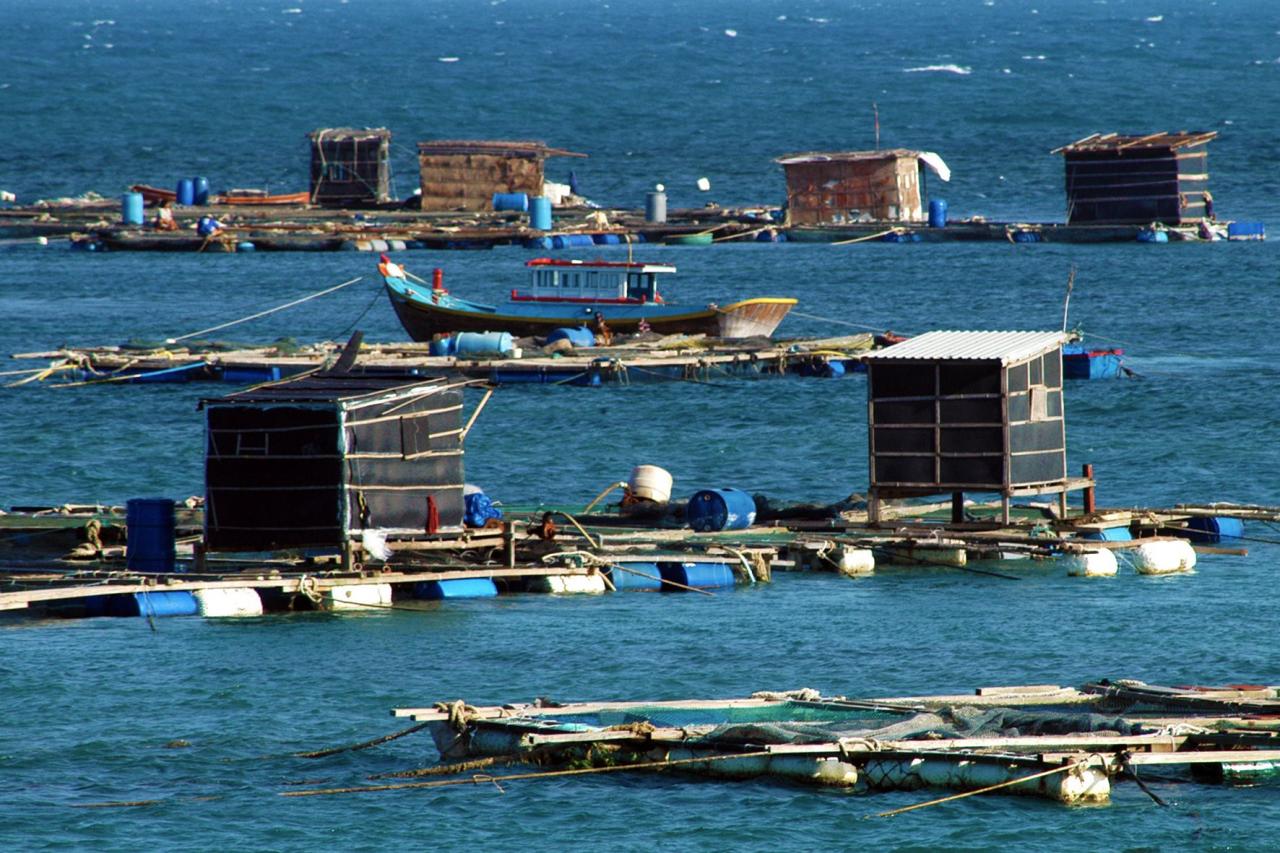
While listening to the situation, farmers also know that the main reason is that China is temporarily suspending the import of lobsters. Because, in 2021, China amended the Law on Wildlife Protection, which stipulates that lobsters are included in the List of species requiring level 2 protection (effective from February 1, 2021). By May 2023, this country continued to amend the law, which prohibits the fishing, use, business, and trade of lobsters.
Increase official exports
According to the Animal and Plant Quarantine Supervision Department (General Administration of Customs of China), the way to identify farmed spiny lobsters is that they are not caught directly from the sea and must have clear evidence of the farming process; do not use wild-caught seed sources (seeds must be F2 generation). Regarding the procedures for importing farmed spiny lobsters into China, Chinese importers must apply for a license on wildlife protection from the Fisheries Bureau (Ministry of Agriculture of China). The procedures for customs clearance of shipments and food safety inspections remain unchanged from before. Packaging facilities and spiny lobster farming facilities for export must register a list with specific information about the lobster farming facility. The Animal and Plant Quarantine Supervision Department announced that it will send a new registration form to the Vietnamese side to review and register packaging facilities and spiny lobster farming facilities exporting to China. After receiving the registration list from the Vietnamese side, the Chinese side will organize online/or direct inspection of the breeding facilities and publish on the website of the General Administration of Customs of China the list of Vietnamese facilities permitted to export to China.
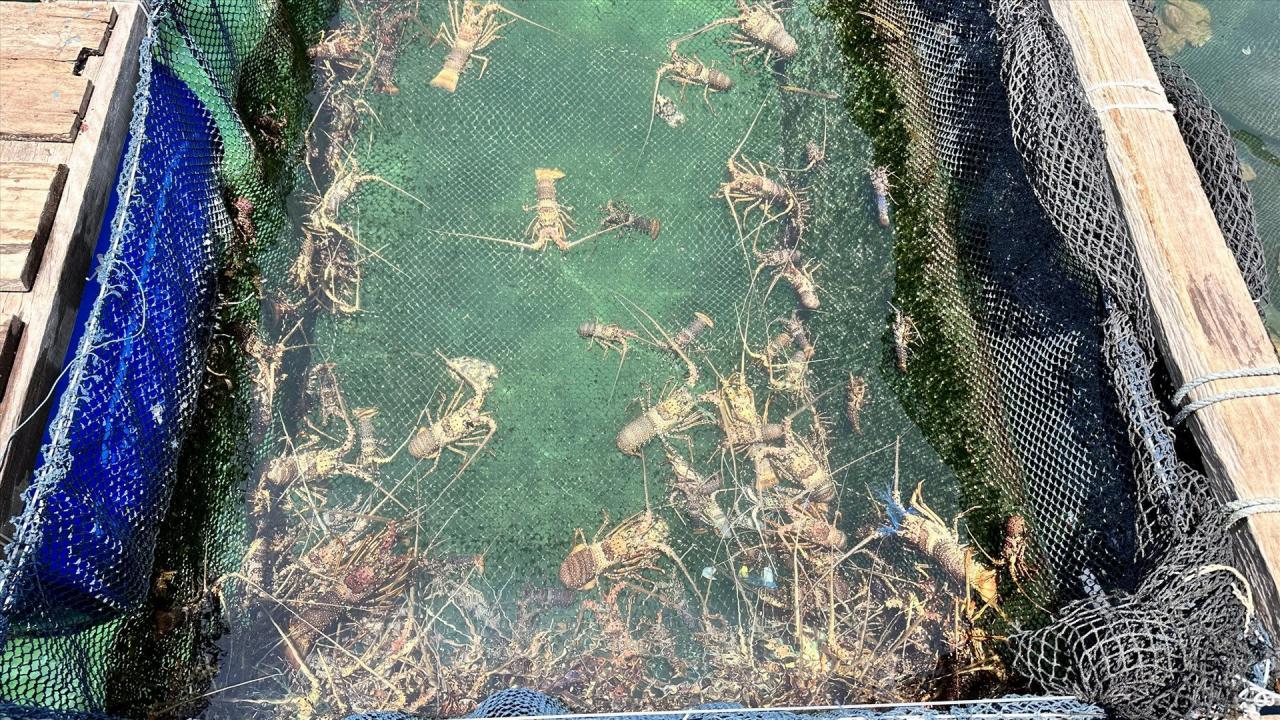
Faced with the above situation, the Department of Fisheries has sent a document to the Department of Agriculture and Rural Development of provinces/cities directly under the Central Government that raise lobsters, directing relevant functional units to deploy a number of contents. Strictly implement the direction of the Ministry of Agriculture and Rural Development on lobster breed management and the direction of the Department of Fisheries on strengthening the management and control of lobster breed quality. Closely monitor market information to advise people to choose the farming species (reduce the farming of flower lobsters, increase the farming of green lobsters) and harvest at 2 appropriate times. Organize the construction of a chain linking quality and safe lobster products, ensuring traceability of origin...
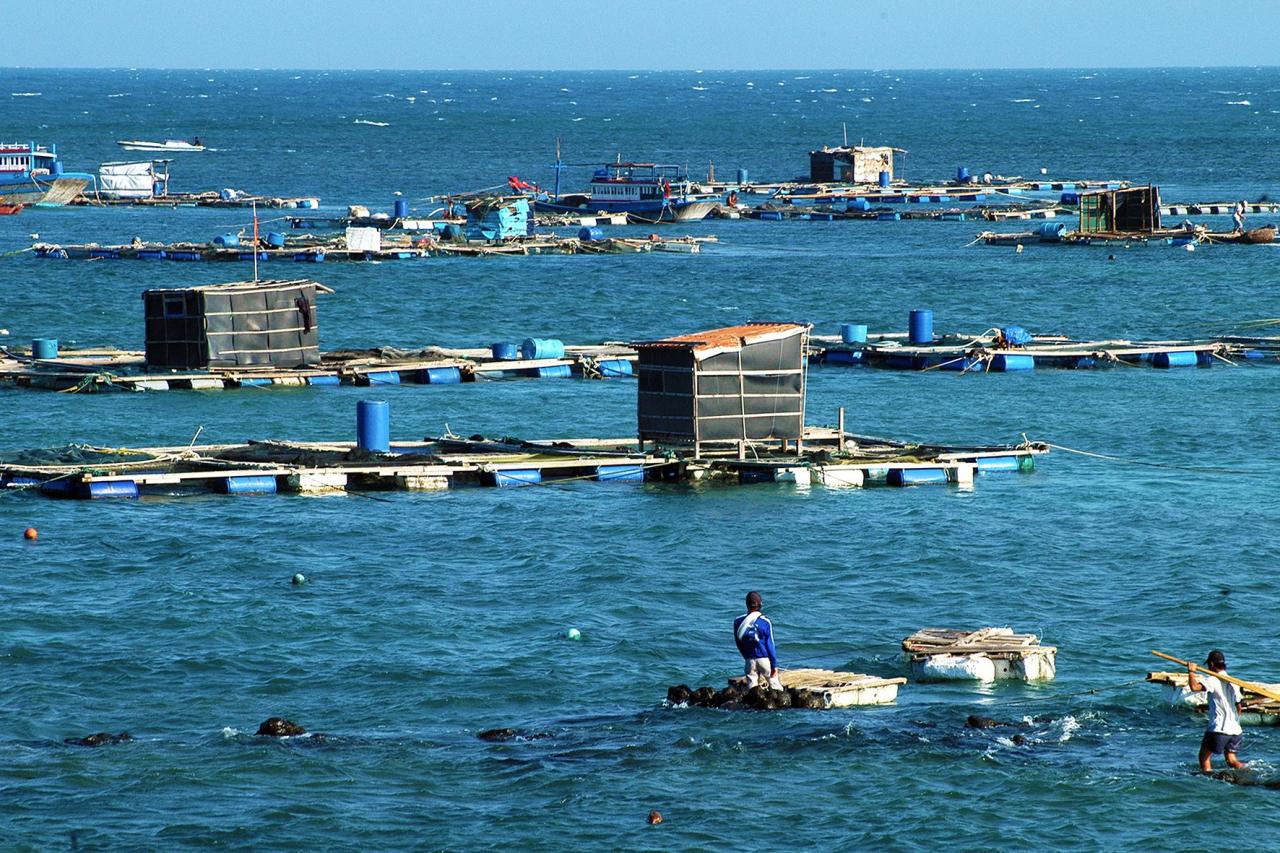
It can be seen that recently, lobster farming has faced many challenges and risks when the output has encountered many difficulties due to its dependence on informal exports. Most of the province's commercial lobsters are exported fresh and whole to the Chinese market. However, a large amount of them are exported through informal channels, so the export turnover and prices are unstable. In addition, there is also a situation where people do not listen to the instructions of the management agency but compete to raise them spontaneously, so the products do not meet the standards for official export to demanding markets.
Currently, China is restricting the import of agricultural, forestry and fishery products through unofficial channels, including lobsters. Therefore, the vital issue is to increase official exports. Because currently, up to 90% of Vietnamese lobsters are exported through unofficial channels, so they often face output risks. Therefore, the Project "Developing lobster production and export to 2025" aims to develop lobster farming and export in a sustainable and effective manner, ensuring quality, meeting domestic consumption and export requirements. Ensure that 100% of concentrated lobster farming areas and facilities for packaging, preliminary processing, processing and preserving lobsters for export are granted codes, ensuring traceability and meeting market consumption regulations.
The above project also sets out the task for Binh Thuan to develop lobster farming in cages on Phu Quy Island with a cage volume of 2,700 m3, with an annual farming output of 120 tons/year. Therefore, localities need to review and adjust their lobster production development plans, both seed production and commercial farming areas. Reorganize lobster farming according to the value chain, build a model of linking small-scale production facilities into cooperatives, cooperatives, and professional associations linked with enterprises supplying input materials and consuming products. Promote the establishment of the Association of Vietnamese lobster farmers, processors and exporters...
Source






![[Photo] Binh Trieu 1 Bridge has been completed, raised by 1.1m, and will open to traffic at the end of November.](https://vphoto.vietnam.vn/thumb/1200x675/vietnam/resource/IMAGE/2025/10/2/a6549e2a3b5848a1ba76a1ded6141fae)



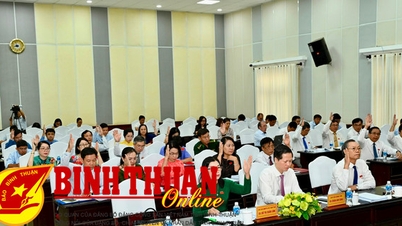






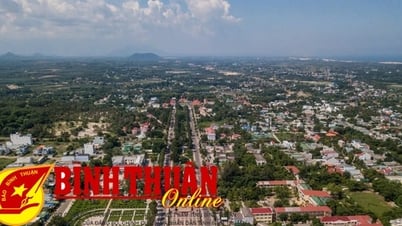
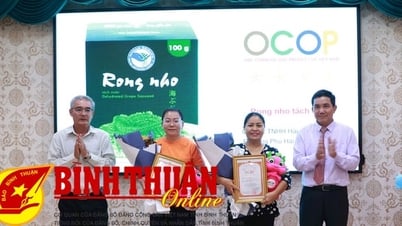

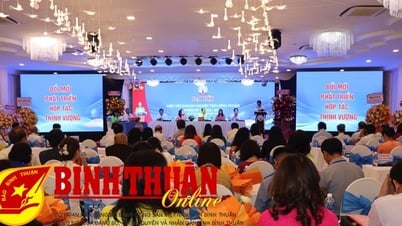




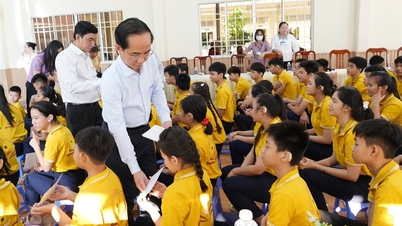
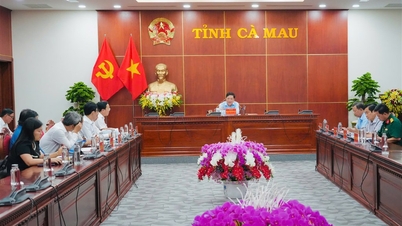
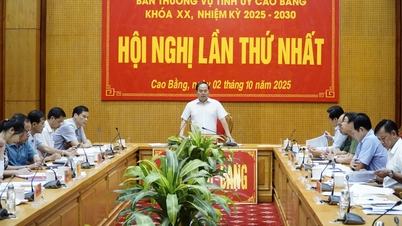
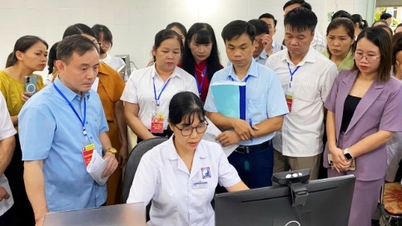

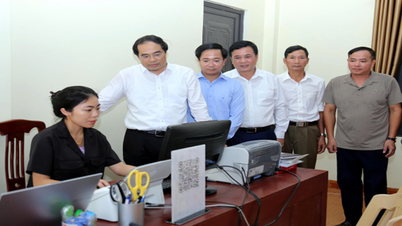







































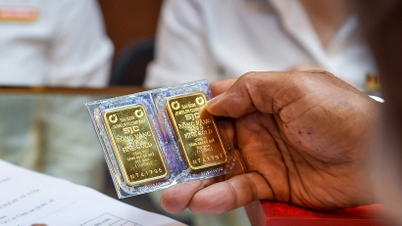





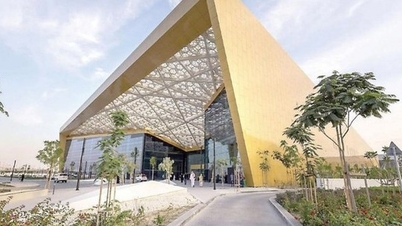
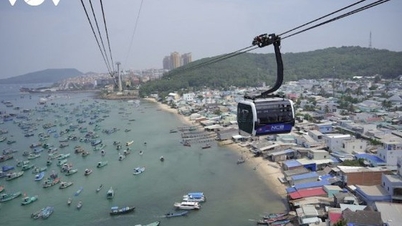


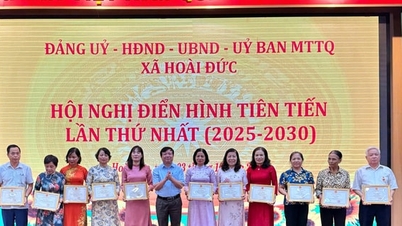


![[Infographics] Biography of Central Party Committee Member, An Giang Provincial Party Secretary Nguyen Tien Hai](https://vphoto.vietnam.vn/thumb/402x226/vietnam/resource/IMAGE/2025/10/3/92491af6e2714aeb80cb1cdf831eb18a)



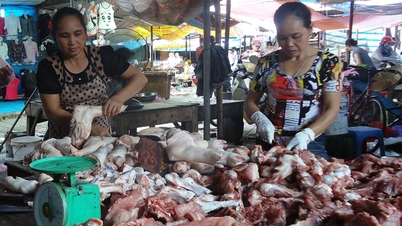













Comment (0)